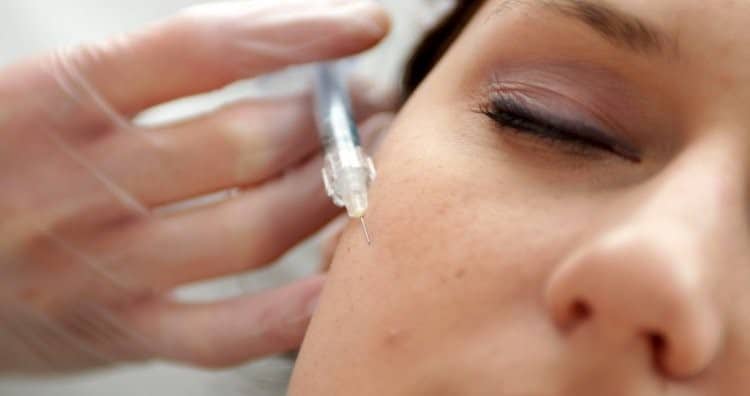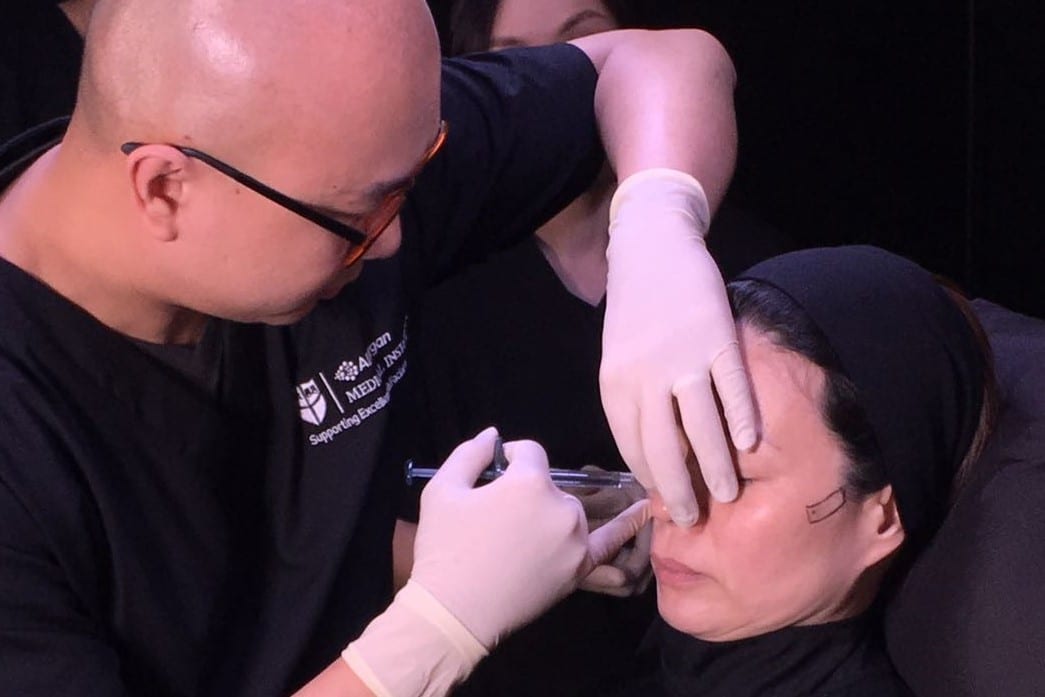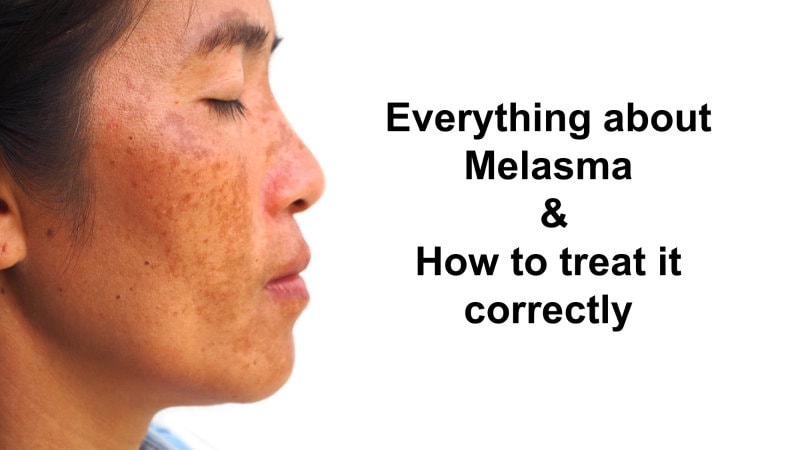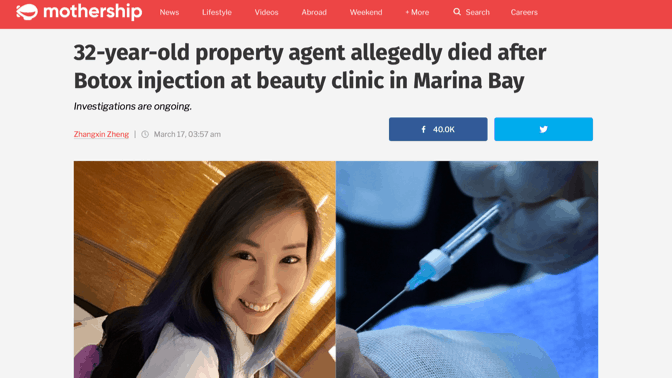
I believe that many people over the weekend have read about the case of a young lady (32 year old property agent) who went for a beauty injection, presumably “BOTOX”, at a local licensed clinic, only to go unconscious during the procedure, had to be sent to the hospital, and unfortunately pass on after five days in the hospital.
The whole incident is unfortunate, and my condolences go out to this lady’s family. Because of the number of eyeballs looking at this piece of news, it is so important to get the facts right. This news has led to people being nervous about BOTOX treatments. Just yesterday alone, I had many clinic patients asking me if doctors are still comfortable performing BOTOX injections.

What really happened? Was it BOTOX that caused the death? Should we be afraid of BOTOX now? From the news headlines, it seems the blame has been pushed to BOTOX right from the get go. From a professional point of view, objectively, I feel it is very unlikely that BOTOX caused the death and without further formal information from the investigation, I highly recommend media outlets and everyone to refrain from jumping to conclusions so early.
After reviewing the information that has been published in the news thus far, I will share some of my thoughts on the theoretical scenarios for BOTOX to be the culprit, and why at this point in time, these scenarios are considered low probability.
First let me establish some facts on BOTOX:

- In any aesthetic clinic, there are usually more than one type of injectable procedure.
- Botulinum toxin injection is only one of the common cosmetic injection procedures that can be done in an aesthetic dermatology clinic. Actually, there are many other, for instance
- Botulinum toxin injection (many brands)
- Sculptra filler injection
- Ellanse filler injection
- Radiesse filler injection
- Hyaluronic acid dermal filler injection (many brands)
- Rejuran injection
- Skinbooster injection (many brands)
- The list goes on
- The terms ‘BOTOX’ and ‘Botulinum Toxin’ are NOT INTERCHANGEABLE. The news reports singled out the the product branded ‘BOTOX’ being the medical product that had led to the misadventure. BOTOX is just the name of a brand of Botulinum Toxin. There are other brands of Botulinum Toxin that doctors use in Singapore: e.g. Dysport, Xeomin.
- Many people instinctively refer to all types of botulinum toxin injections as BOTOX injections simply because the name ‘BOTOX’ is memorable and catchy, but they are actually not the same. Think Coca Cola vs Schweppes Cola.
- Botulinum toxin is a neurotoxic protein. To use it as a medicine, strict manufacturing controls and standards has to be put into place. This allows it to be properly purified, extracted, packaged and stored, resulting in a consistent, predictable, highly effective medicinal product that doctors can trust every time he or she opens a new bottle of botulinum toxin. Allergan, the pharmaceutical company behind BOTOX, has been producing it for more than 20 years, and in my opinion, they are the best in class in terms of manufacturing quality.
Next, let’s proceed with the scenarios.
Scenario One: Botulism caused by BOTOX leading to cardiorespiratory failure
Botulism is a rare illness where botulinum toxin produced by the bacteria Clostridium botulinum, start attacking the body’s nerves. Clinical signs of botulism include muscle weakness, ptosis, facial droop, difficulty in walking, even breathing.
Caveats
- In this study, it demonstrated that 86 cases of botulism from botulinum toxin injections were not deadly, and all were discharged from hospital after 1-20 days of medical intervention. The onset of botulism effect ranged from 0-6 days, implying that there is usually some lead time for the patient or his/her closed ones to notice the signs and symptoms.
- In another study, 4 cases of botulism has found to have occurred after injections of high doses of Botulinum toxin. These botulinum toxin products are preparations of unlicensed brands. NONE of them were BOTOX.
- Lethal dose of botulinum toxin in humans has been estimated to be 40U/kg. This means that for a female of average weight 50kg, her theoretical lethal Botox dose is 2000U. Using a standard 100U Botox bottle, she will have to be injected with 20 bottles of BOTOX to have a lethal effect.
- Cosmetic dosages of BOTOX tend to fall between the range of 20-100 units, well within one bottle of BOTOX.
Scenario Two: Manufacturing and production screw-up
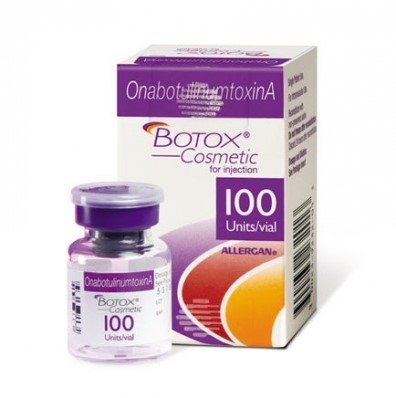
- In this situation, higher-than-normal doses (e.g 20 times in this case) of BOTOX have to be packed into the containers, a situation that cannot happen with only one product, as these products are usually manufactured in batches. In this instance, usually many clinics are affected, sometimes across a few countries. A huge regional or global recall of the product will have to be undertaken.
- I find this situation even more unlikely.
Scenario Three: Hypersensitivity (anaphylaxis) reaction to BOTOX leading to respiratory distress and death
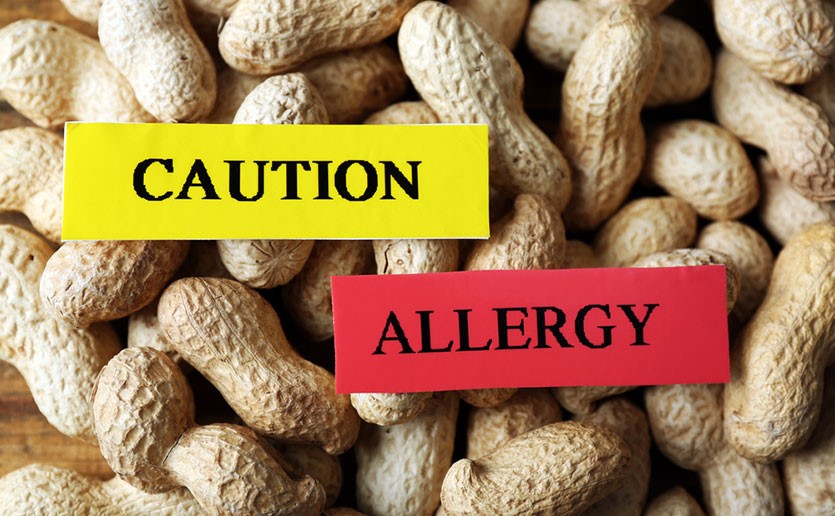
Similar to peanut allergy or bee-sting allergy, your body’s immune response goes into overdrive after exposure to a specific trigger (peanut or bee sting toxin), leading to crashing of your blood pressure and heart rate, shutting down of the circulatory and respiratory system.
Caveats
- Anaphylaxis reaction requires a prior exposure to the trigger, in this case BOTOX.
- The patient was reported to have gone for botulinum toxin injections in the clinic before.
- If she had an allergic reaction previously, the clinic would have known, and will also have the necessary equipment to be able to stabilize her when that happened.
- With a known allergic reaction, she would have been warned against undergoing any more BOTOX injections.
- With an anaphylactic reaction, the patient should display signs of breathing difficulties, eye swelling, signs of acute allergic reaction. However, from various reports, the patient suffered seizures and cardiac arrest, and loss of consciousness shortly after receiving the cosmetic treatment. These are not typical symptoms of an anaphylactic reaction.
Scenario Four: Patient’s medical conditions causing a much stronger BOTOX effect
Certain medical conditions can cause BOTOX to have a stronger effect. These medical conditions are usually neuromuscular conditions, like myasthenia gravis.
Caveats
- Individuals with myasthenia gravis or other neuromuscular conditions will have tell-tale signs like facial paralysis, trouble talking, some degree of difficulty in walking, etc.
- However, the lady patient is young, and looked very healthy in the photos in the media news, without the signs of such neuromuscular conditions. There was also no mention of the lady patient having any significant past medical problems of note.
- Secondly, the ‘stronger effect’ of BOTOX in these patients usually come in the form of a prolonged duration (e.g. BOTOX lasting 9 months instead of 3-4 months), NOT an increase of muscle weakening severe enough to cause collapse and coma.
Scenario Five: Other medications or other medical conditions directly responsible for the misadventure
When we go down this scenario, there can be so many possibilities:
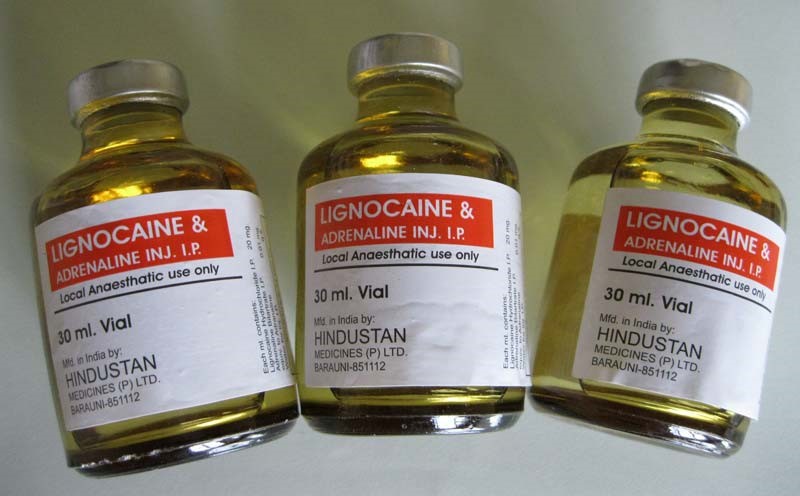
Caveats
- Medications that were given separately or together with the BOTOX injection can trigger an adverse reaction
- Local anaesthetic agent like lidocaine, or
- Concurrent dermal filler injection together with BOTOX, of which there can be various filling products used.
- Other brands of botulinum toxin, or unlicenced brands of botulinum toxin
- Other medical injections that were not reported
- Medical conditions of the patient.
- Epilepsy
- Unreported asthma condition
- etc
Conclusion
This academic exercise shows that there are so many possible scenarios, that we should not jump ahead of ourselves or start to believe in our own speculation. In addition, BOTOX has been around for decades, with a good track record, and we should not panic easily. Of course, if at the end of the day, the investigation show that BOTOX is indeed responsible for this misadventure, the aesthetic dermatology community will need to revamp what we know about this ‘miracle drug’, a painful but necessary move. I will keep myself updated and post again should more information surface.
Photo credits: mothership.sg for the featured image.


